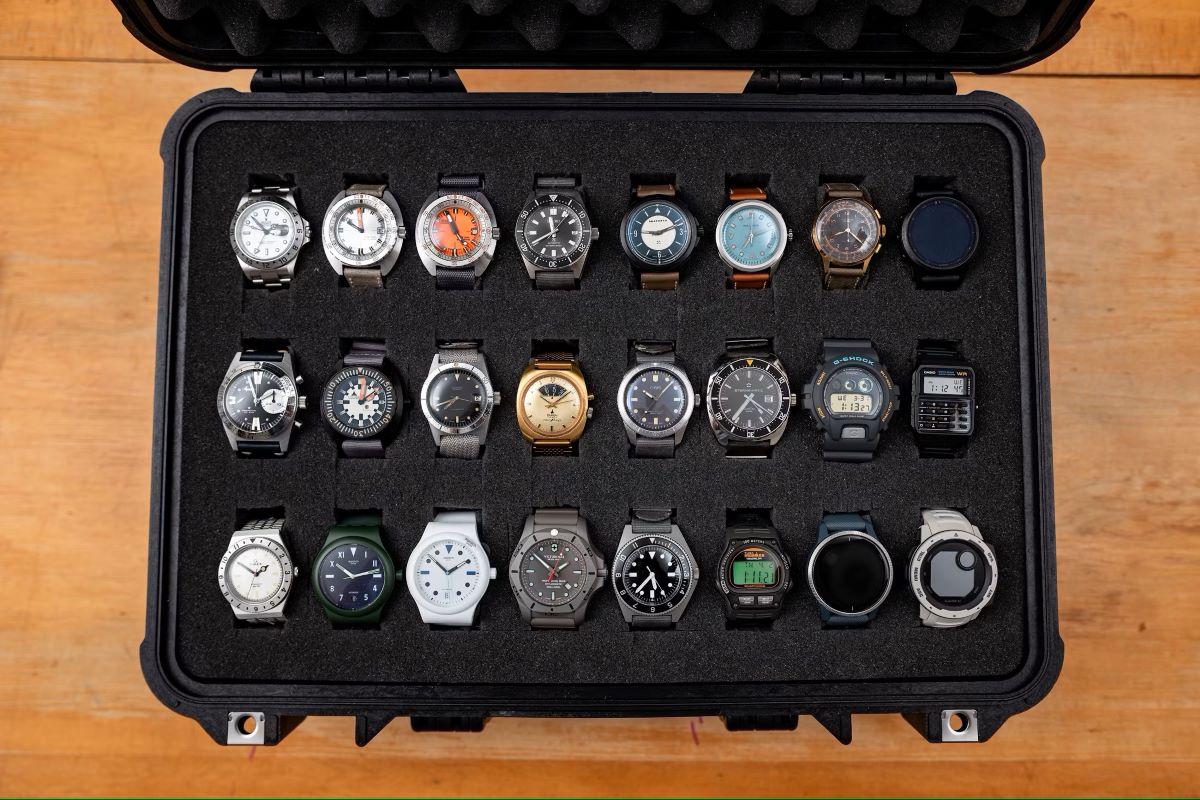

Articles
How To Store A Watch
Modified: January 5, 2024
Learn the best methods for storing your watch to keep it safe and secure. Read our helpful articles on watch storage to preserve the longevity of your timepiece.
(Many of the links in this article redirect to a specific reviewed product. Your purchase of these products through affiliate links helps to generate commission for Storables.com, at no extra cost. Learn more)
Introduction
Watches are not just functional timepieces, but often valuable and sentimental possessions. Whether you’re a watch enthusiast or have a treasured family heirloom, proper storage is crucial to ensure the longevity and condition of your timepiece. Storing a watch correctly can prevent damage from environmental factors such as dust, moisture, and temperature fluctuations.
In this article, we will explore a step-by-step guide on how to store a watch properly. By following these guidelines, you can keep your watch safe and in optimal condition when not in use.
Before we delve into the specifics, it’s important to note that the following steps can be applied to most types of watches, including mechanical, automatic, and quartz varieties. However, for luxury watches with complicated movements or delicate materials, it is advisable to consult the manufacturer’s instructions or a professional watchmaker for specific storage recommendations.
Key Takeaways:
- Proper watch storage involves cleaning, removing straps, finding a suitable container, wrapping the watch, and storing it in a cool, dry location to ensure longevity and optimal condition.
- Regular maintenance, including checking for moisture, maintaining the wrapping, and inspecting the straps, is essential for preserving the watch’s lifespan and functionality.
Read more: How To Store Watches
Step 1: Clean the watch
Before storing your watch, it’s essential to clean it thoroughly. Over time, dirt, sweat, and oils from your skin can accumulate on the watch surface and inside the crevices. This build-up can potentially damage the watch and affect its performance.
To clean your watch, start by using a soft, lint-free cloth or a microfiber cloth to gently wipe away any dust or debris. Be careful not to apply excessive pressure that could scratch the surface. If there are stubborn spots or stains, dampen the cloth with a small amount of mild soap and water solution. Again, be gentle and avoid getting water into any openings, such as the crown or buttons.
If your watch has a metal bracelet, you can use a soft-bristled toothbrush to clean the links and remove any dirt or grime. Remember to use gentle strokes and rinse thoroughly with clean water to remove any soap residue.
For watches with leather or fabric straps, it is best to consult the manufacturer’s instructions for cleaning recommendations. In many cases, it’s advisable to avoid getting these straps wet or using any liquids. Instead, you can gently wipe them with a dry cloth to remove any surface dirt.
Once your watch is clean and dry, proceed to the next step to ensure its safe storage.
Step 2: Remove the straps (if applicable)
If your watch has removable straps, it is highly recommended to remove them before storing the watch. This step is particularly important as it helps to prevent any damage or unnecessary stress on the straps during storage.
To remove the straps, follow the instructions provided by the manufacturer or consult a professional if you are unsure. In most cases, you will find small spring bars connecting the straps to the watch case. You can use a spring bar tool or a small flat screwdriver to carefully release the bars and detach the straps.
Once the straps are removed, it is advisable to keep them separately in a safe place. Ideally, you can store them in a soft cloth or a dedicated strap pouch to keep them protected and prevent any tangling or damage.
Removing the straps not only ensures their safety but also allows for better airflow and reduces the risk of moisture buildup on the watch case. With the straps detached, you can proceed to find a suitable storage container for the watch.
Step 3: Find a suitable storage container
Choosing the right storage container for your watch is crucial to provide adequate protection and prevent any potential damage. The container should offer adequate cushioning, be dust-proof, and provide a suitable environment for storing your watch.
An ideal storage container could be a watch box specifically designed for holding and protecting watches. These boxes are typically lined with soft material, such as velvet or microfiber, to prevent scratches. They often come with individual compartments or slots to keep each watch separate and organized.
If you don’t have a watch box, you can also use a small jewelry case or a dedicated watch travel roll. These options are compact, portable, and still provide a safe space for your watch.
Whichever container you choose, make sure it is free from any harsh chemicals or materials that could potentially react with your watch. Avoid containers made of materials like rubber or PVC, as they may emit harmful gases or chemicals over time.
Additionally, consider the size and shape of your watch when selecting a storage container. Ensure that the container can comfortably accommodate the watch and any additional accessories, such as extra straps or a watch winder if applicable.
Once you have found a suitable storage container, let’s move on to the next step of preparing the watch for storage.
Step 4: Wrap the watch in a soft cloth
Before placing your watch in the storage container, it’s recommended to wrap it in a soft cloth to provide an extra layer of protection against scratches and dust. The cloth acts as a barrier between the watch and the container, preventing any potential rubbing or contact that could cause damage.
Choose a clean, lint-free cloth that is gentle on the watch’s surface. A microfiber cloth or a soft cotton cloth are ideal choices. Avoid using tissues or paper towels, as they can leave fibers or residues on the watch.
To wrap the watch, lay the cloth flat and place the watch in the center. Fold one side of the cloth over the watch, covering it completely. Then, fold the opposite side over the first fold, ensuring that the watch is completely enclosed and protected.
Be careful not to wrap the watch too tightly, as this can put unnecessary pressure on the watch and its components. The cloth should provide a snug and secure covering without squeezing or compressing the watch.
If your watch has a bracelet, you can fold the cloth around the bracelet as well to provide cushioning and prevent any tangles or scratches.
Once the watch is wrapped, you can proceed to place it in the storage container, ensuring a safe and secure environment for your timepiece.
Store your watch in a cool, dry place away from direct sunlight and extreme temperatures. Consider using a watch box or case to protect it from dust and scratches.
Read more: How To Store Automatic Watches
Step 5: Place the watch in the storage container
Now that your watch is wrapped in a soft cloth, it’s time to carefully place it in the storage container. The goal is to securely position the watch while preventing any movement or potential damage during storage.
If you’re using a watch box with individual compartments or slots, place the wrapped watch in its designated space. Ensure that the watch is centered and not touching the sides or other watches in the box. This will help prevent any accidental scratching or rubbing between watches.
If you’re using a jewelry case or a watch travel roll, find a suitable section or pocket to fit the wrapped watch. Make sure the watch is placed in a way that minimizes any potential movement or pressure. If necessary, you can gently adjust the cloth to ensure a snug and secure fit.
It’s important to note that if you have multiple watches in the same storage container, try to keep them separate and avoid stacking them on top of each other. Stacking can increase the risk of scratches or accidental impacts.
Ensure that the watch is positioned in a way that allows for easy retrieval when you need to access it in the future. This will save you from unnecessary handling and repositioning, reducing the risk of accidental damage.
With the watch securely placed in the storage container, we can move on to the next step, which involves finding the right storage location.
Step 6: Store in a cool and dry location
Choosing the right storage location for your watch can significantly impact its longevity and condition. It’s important to store your watch in an environment that is cool, dry, and away from any potential sources of damage.
Firstly, humidity can be detrimental to your watch. Excessive moisture can lead to corrosion, rust, or damage to the internal components. Therefore, opt for a storage location with low humidity levels. Avoid storing your watch in areas like bathrooms or basements, which tend to be more prone to moisture accumulation.
Secondly, temperature fluctuations can affect the performance and accuracy of your watch. High temperatures can damage the internal mechanisms, while extreme cold can cause the lubricants to become less effective. Therefore, it’s best to store your watch in a location with stable temperatures. Avoid areas near windows or direct sunlight, as the heat can increase the temperature inside the storage container.
Additionally, keep your watch away from strong magnetic fields. Magnetic fields can interfere with the movement of the watch, affecting its accuracy. Avoid storing your watch near electronic devices or magnets.
When choosing a storage location, consider a dedicated watch cabinet, drawer, or a safe. These options provide protection against dust, light exposure, and potential accidents. Ensure that the storage location is clean and free from any chemicals or substances that could potentially damage your watch.
Remember, the goal is to provide a stable and secure environment for your watch. By storing it in a cool and dry location, you can protect it from harmful elements and ensure its longevity.
Now that your watch is safely stored, let’s move on to the final step in our guide, which involves checking and maintaining the watch regularly.
Step 7: Regularly check and maintain the watch
Even when your watch is safely stored, it’s important to regularly check and maintain it to ensure its optimal condition. By taking a proactive approach, you can address any potential issues or maintenance needs before they become major problems.
Firstly, periodically check the watch for any signs of moisture or condensation. If you notice any, it could indicate a potential issue with the seals or a water resistance problem. In such cases, it’s advisable to take the watch to a professional watchmaker for inspection and servicing.
Next, ensure that the watch is still securely wrapped in the cloth within the storage container. Over time, the cloth may become loose or displaced, potentially exposing the watch to unnecessary movement or contact. If needed, reposition and rewrap the watch to maintain its protection.
Additionally, if your watch has a mechanical or automatic movement, it’s important to keep it wound regularly. A watch winder can be a useful tool for this purpose. A watch winder will rotate the watch automatically, simulating wrist movement and keeping the mainspring wound. This helps to prevent the oils from drying out and ensures the watch is ready to wear whenever you want to use it.
Lastly, periodically inspect the straps or bracelets if they were removed from the watch. Check for any signs of wear, loose pins, or damage. If necessary, consult a professional to get the straps or bracelets replaced or repaired to maintain the integrity of your watch.
By regularly checking and maintaining your watch, you can extend its lifespan and enjoy its performance for years to come.
With these steps completed, you have successfully learned how to store a watch properly. By following these guidelines, you can ensure that your watch remains in optimal condition and is ready to wear whenever you desire.
Remember, proper storage and regular maintenance are essential for preserving the value and functionality of your timepiece. Treat your watch with care, and it will continue to bring you joy and admiration for years to come.
Happy storing!
Conclusion
Storing a watch correctly is vital for preserving its condition and protecting its value. By following the steps outlined in this guide, you can ensure that your watch remains safe and in optimal condition when not in use.
We started by emphasizing the importance of cleaning the watch before storage to remove any dirt or oils that could cause damage. Then, we advised removing the straps (if applicable) to minimize stress and allow better airflow around the watch.
Finding a suitable storage container is crucial to protect the watch from dust and potential damage. Whether it’s a watch box, jewelry case, or travel roll, the container should offer cushioning, be dust-proof, and provide a suitable environment for storage.
Wrapping the watch in a soft cloth provides an extra layer of protection against scratches and dust. It’s important to wrap the watch gently, ensuring a snug fit without applying too much pressure.
Placing the wrapped watch in the storage container, taking care to avoid potential contact with other watches, is essential for preventing accidental scratches or damage. The watch should be positioned in a way that allows for easy retrieval.
It is recommended to store the watch in a cool, dry location to minimize the risk of moisture buildup or temperature fluctuations. Avoid areas with high humidity, direct sunlight, or strong magnetic fields.
Furthermore, regularly checking and maintaining the watch ensures its optimal condition. Keeping an eye out for moisture, maintaining the proper wrapping, and inspecting the straps or bracelets are essential steps to take to prolong the watch’s lifespan.
In conclusion, by following these steps and adopting proper watch storage and maintenance practices, you can ensure that your watch remains in pristine condition, ready to be enjoyed for years to come.
Remember, each watch may have unique storage needs, so it’s always a good idea to consult the manufacturer’s instructions or seek guidance from a professional watchmaker for specific recommendations.
Take care of your watch, and it will continue to bring you joy and serve as a timeless accessory for many more years.
Frequently Asked Questions about How To Store A Watch
Was this page helpful?
At Storables.com, we guarantee accurate and reliable information. Our content, validated by Expert Board Contributors, is crafted following stringent Editorial Policies. We're committed to providing you with well-researched, expert-backed insights for all your informational needs.
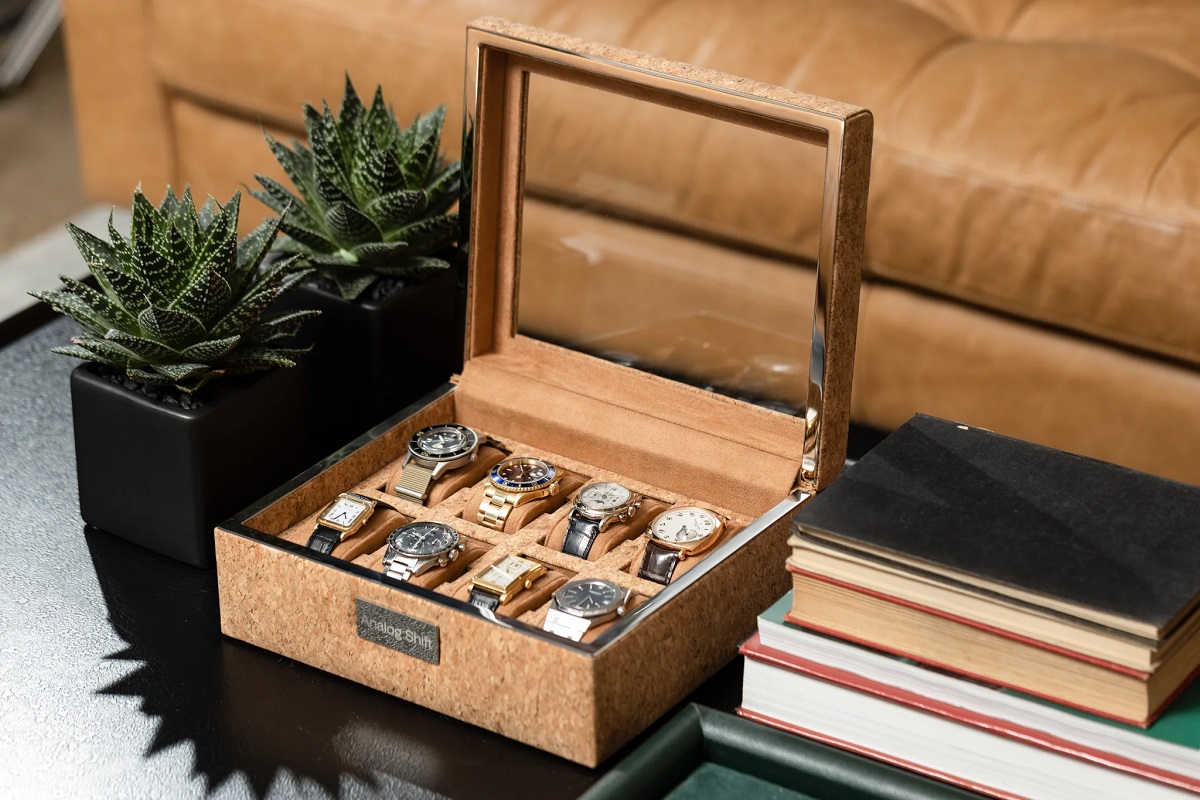
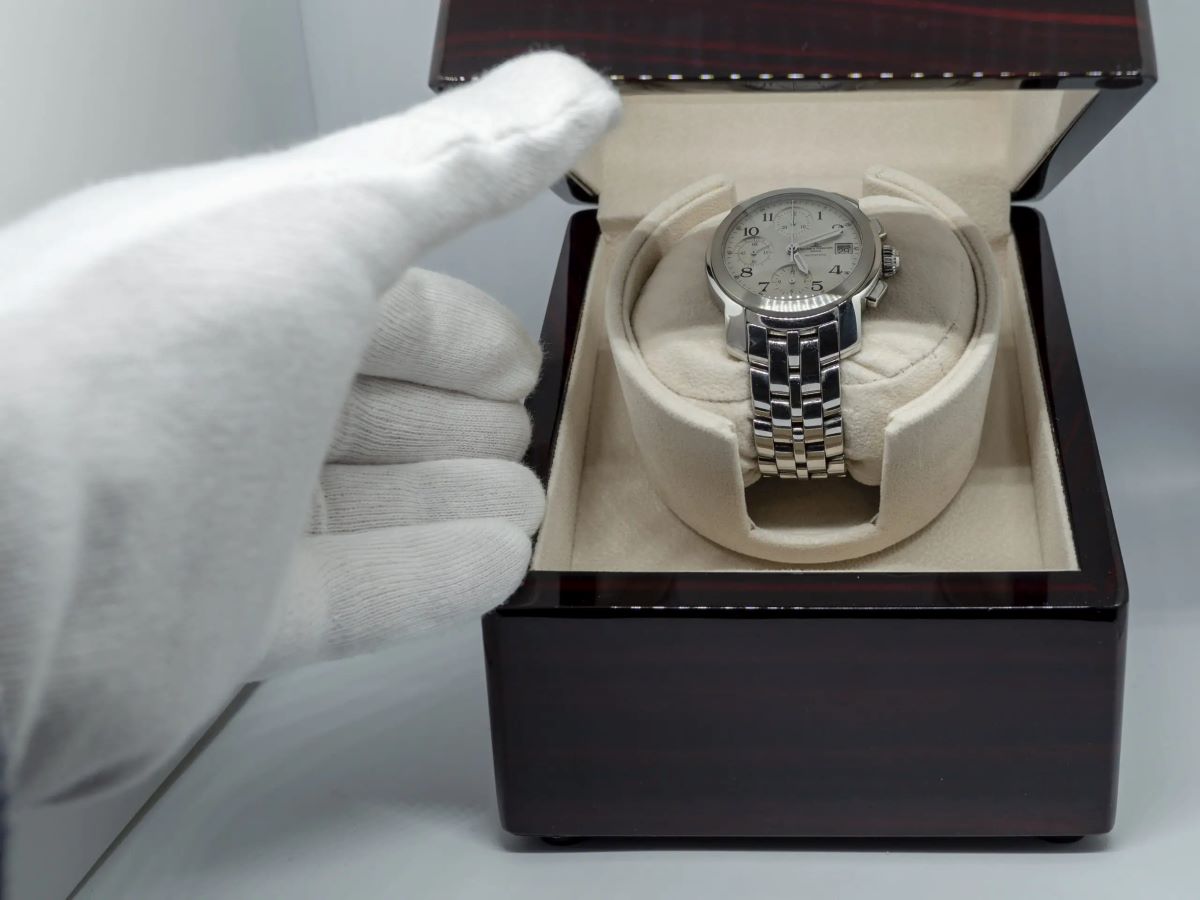
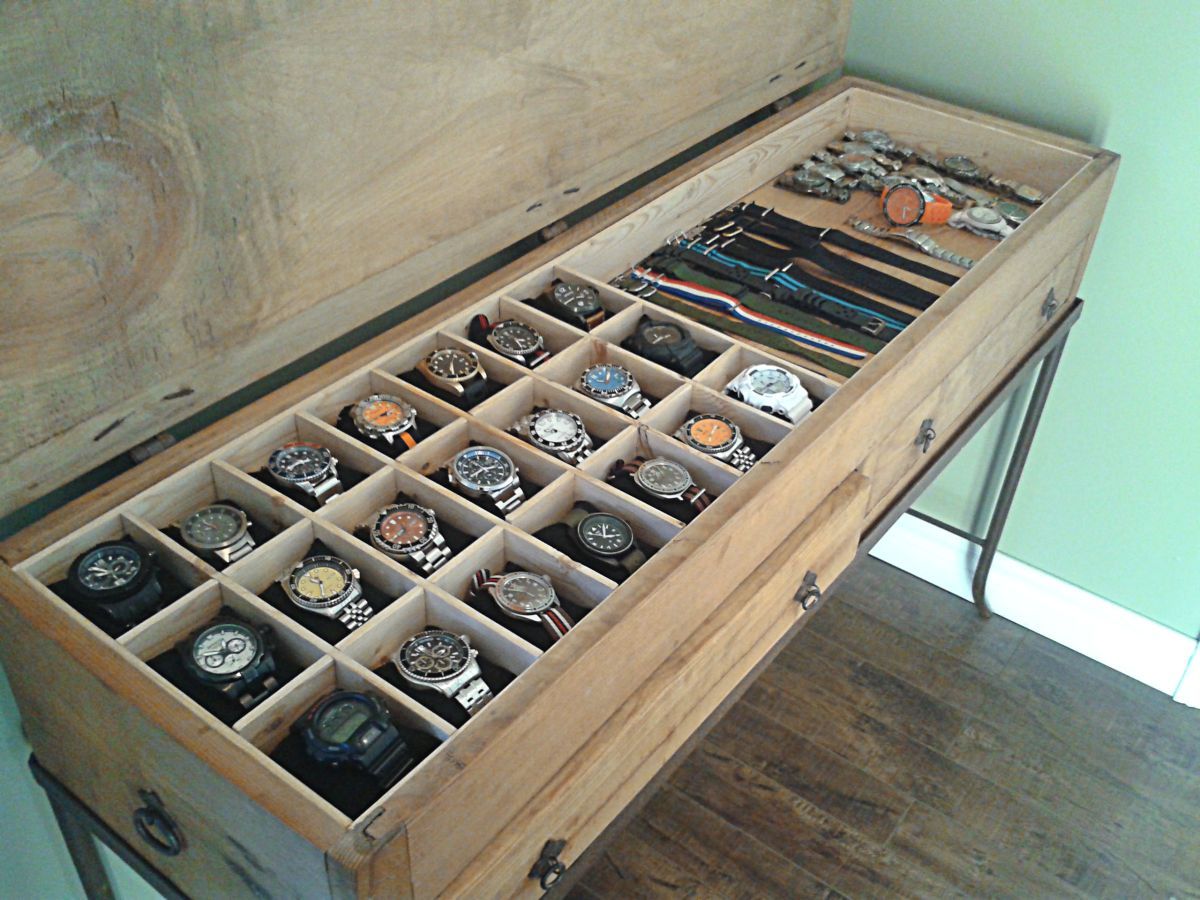
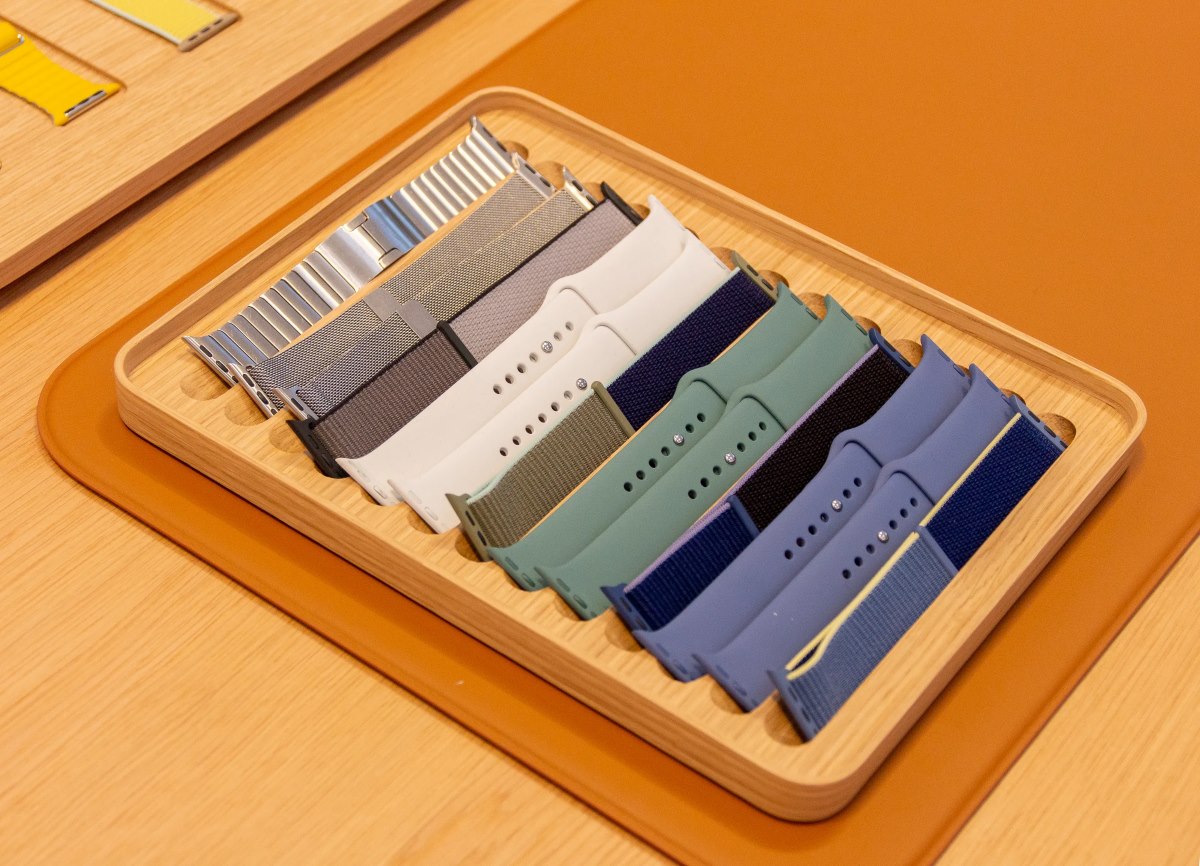



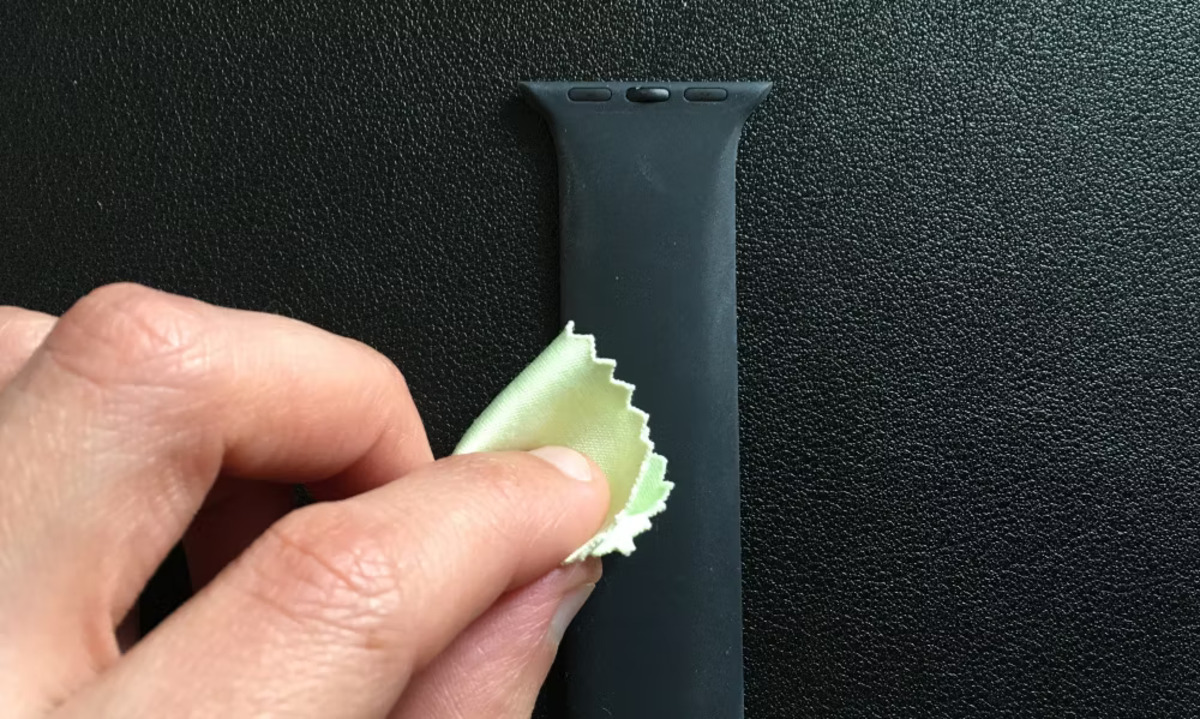

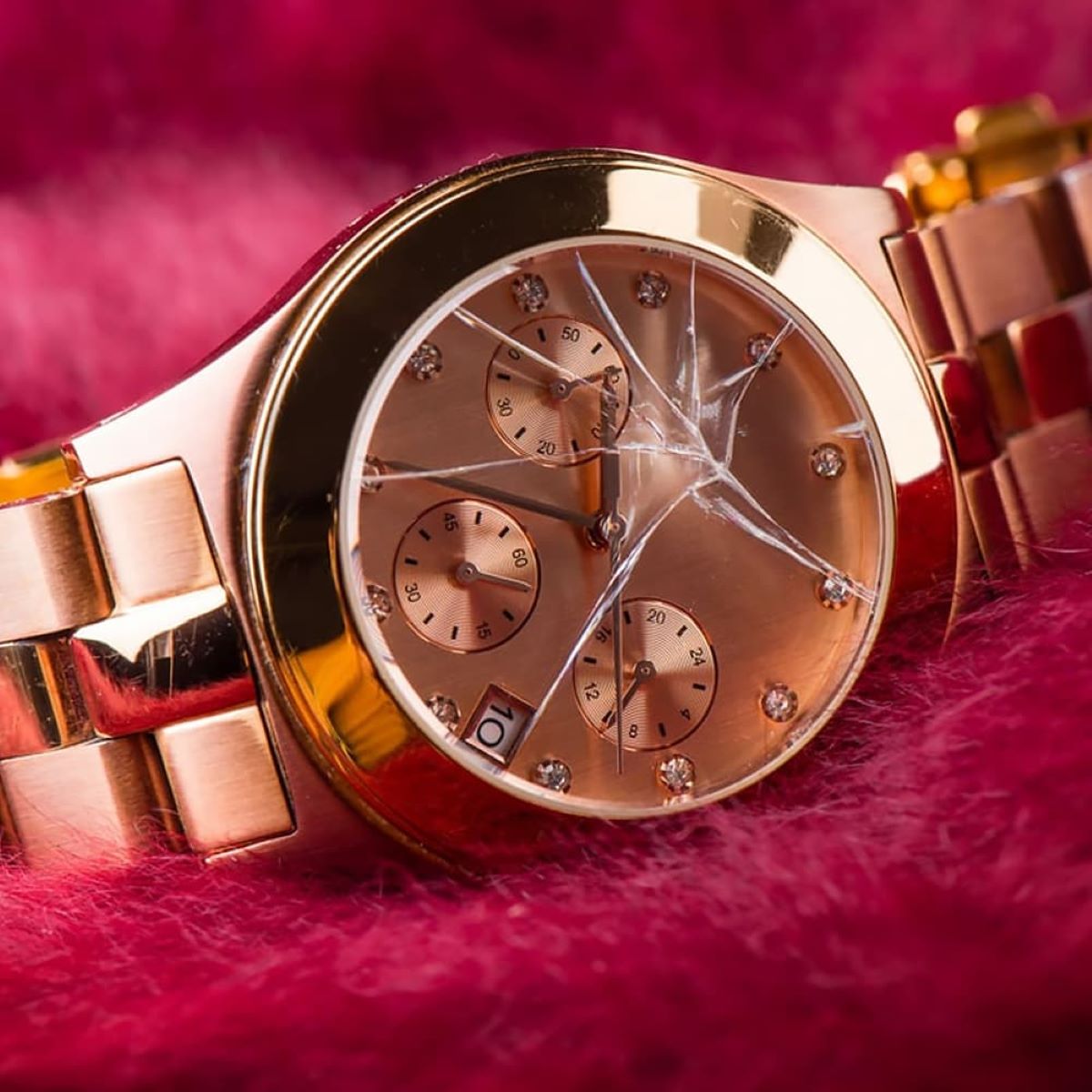

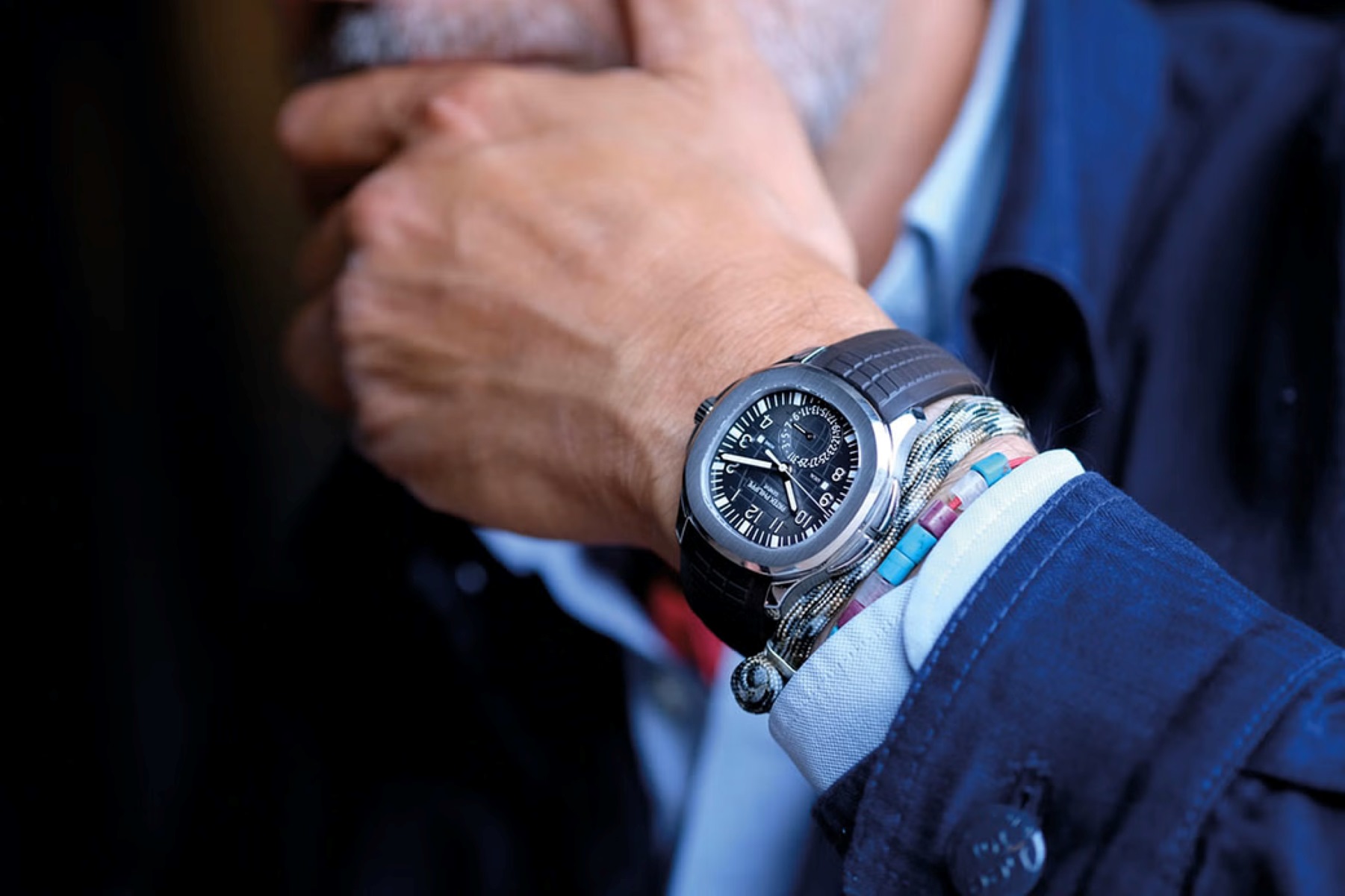

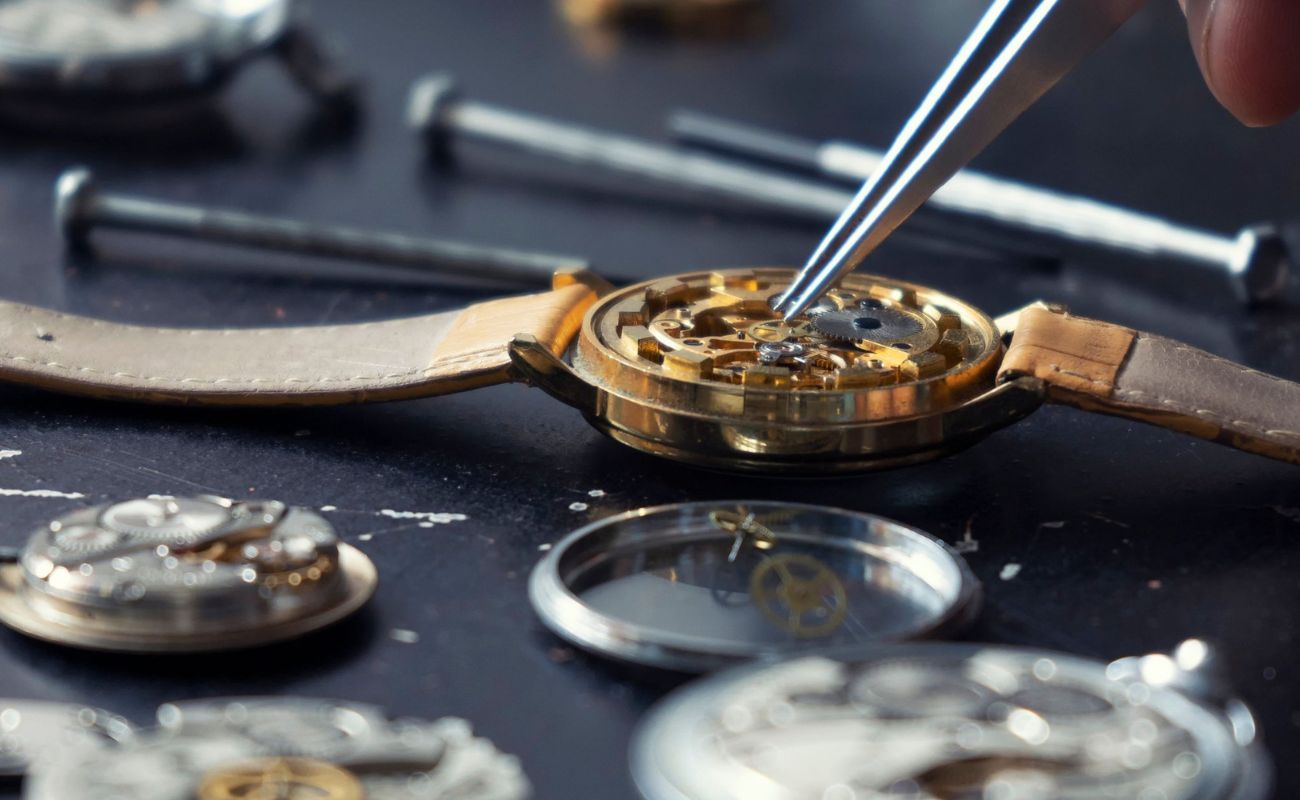

0 thoughts on “How To Store A Watch”